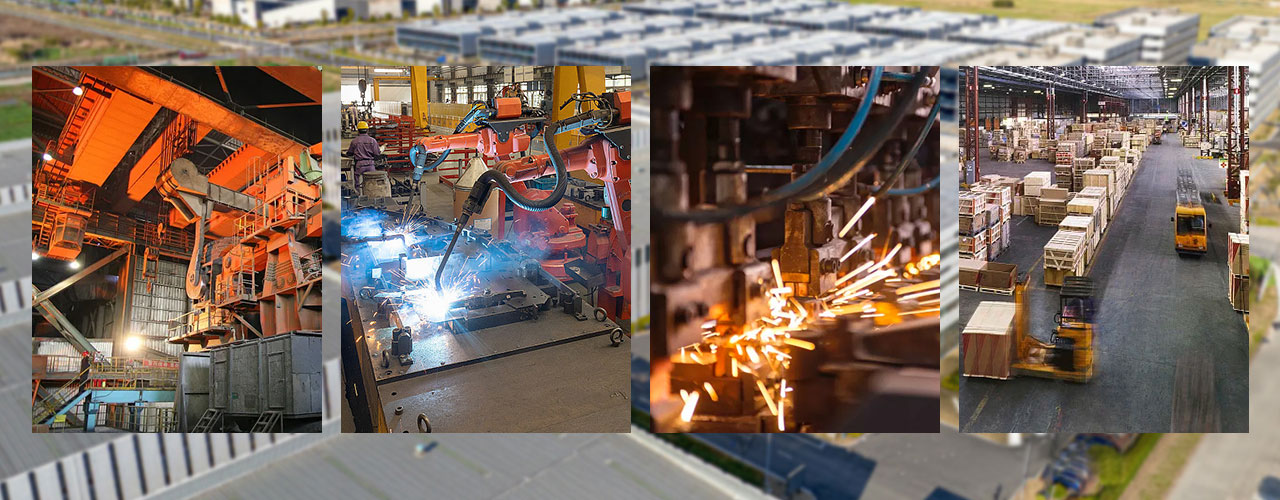Barbell equipment forms the backbone of strength training, offering versatile tools for building muscle, enhancing power, and improving athletic performance. Central to weightlifting, powerlifting, and functional fitness, these tools include barbells, weight plates, collars, racks, and benches, each designed to support a wide range of exercises from squats to snatches. This overview explores the key components of barbell equipment and their roles in training.
The barbell itself is the core piece, typically made of high-strength steel for durability and slight elasticity. Olympic barbells, the most common in serious training, come in men's (2.2 meters, 20 kilograms) and women's (2.01 meters, 15 kilograms) versions, with knurled grips for better handling. Their 50-millimeter sleeves rotate via bearings or bushings, reducing strain during dynamic lifts like clean and jerks. Other bar types include powerlifting bars, stiffer for heavy squats and deadlifts, and specialty bars like trap bars for deadlifts or curl bars for arm-focused movements. Weight plates, usually Olympic-standard with 2-inch holes, range from 0.5 to 50 kilograms, allowing precise load adjustments.
Supporting equipment enhances safety and functionality. Collars secure plates to the bar, with spring clips for quick changes and lockjaw or competition collars for heavy lifts. Power racks or squat racks provide stable platforms for heavy lifts, often with adjustable J-hooks and safety bars to catch the bar if a lift fails. Benches, flat or adjustable, are essential for presses and rows. Together, these tools create a robust setup for compound movements, enabling athletes to train multiple muscle groups efficiently and safely.
